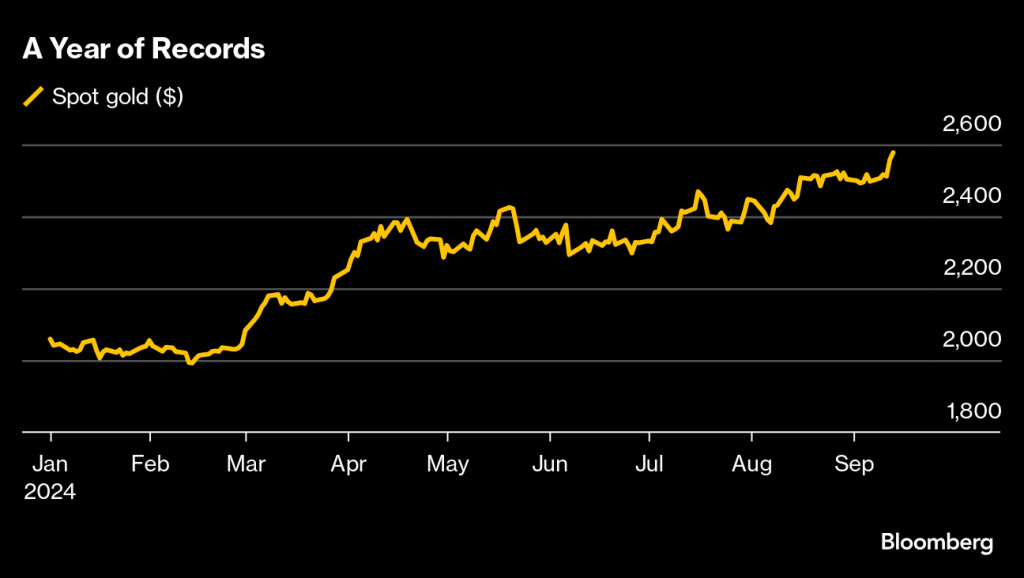Dollar Decline and Yen Surge Amid Fed Rate Cut Speculation
The U.S. dollar is weakening as market expectations grow for aggressive Fed rate cuts, leading to a surprising surge in the yen.

Key Points
- The U.S. dollar has fallen significantly against the yen due to rising expectations of a 50 basis point rate cut by the Federal Reserve
.
- Global monetary policy disparities, particularly between the U.S. and Japan, are driving currency movements and impacting investor strategies.
- Investors must remain agile as shifts in interest rates and economic indicators shape the future of currency trading.
The financial markets are abuzz with anticipations of significant changes to monetary policy, particularly as the U.S. dollar has recently exhibited notable weaknesses. As speculation intensifies around the Federal Reserve's upcoming rate decisions, the dollar has dipped to its lowest levels in over a year against currencies like the Japanese yen. In this post, we delve into the dynamics at play and explore what this means for investors and global financial markets.
Current Market Dynamics
As of mid-September 2023, the U.S. dollar has been trading at alarming lows, primarily against the yen, which recently surged past the 140 mark. This decline is largely attributed to shifting market perceptions regarding the Federal Reserve's monetary policy. Traders are now pricing in a substantial 50 basis point rate cut during the Fed's impending meeting on September 17-18, which is a sharp increase from previous expectations. Data from futures markets show a dramatic rise in the likelihood of such a cut, with analysts suggesting a potential move to stimulate economic growth amidst concerns over inflation.

The recent performance of the dollar can be highlighted by its relationship with other major currencies. For example, the euro and the British pound have both gained traction against the dollar, reflecting a broader trend where the dollar index has fallen by approximately 0.3% recently, leading to its lowest standing since January.
Factors Influencing the Dollar's Downward Trajectory
The financial landscape has been heavily influenced by several key factors:
- Interest Rate Expectations: Analysts and traders now largely anticipate that the Federal Reserve will take a more dovish approach, potentially leading to multiple rate cuts in the coming months. This has reshaped expectations where aggressive cuts are favored over a more conservative approach.
- Global Economic Signals: The economic landscape in major economies, especially in Japan, has become contrasted with that of the U.S. As the Bank of Japan
is hinting at firming rates while the Fed seems slated for cuts, this disparity is pushing the yen higher.
- Bond Market Reactions: U.S. Treasury yields have also seen a decline, indicating that investors are anticipating a slowdown in economic growth, providing further evidence of the dollar's weakening position.
As the
and the
navigate their own monetary policies amidst these developments, the interplay between these global central banks will further define currency stability. It is essential to note that currency movements reflect deeper economic conditions and forecast potential market trends.
The Broader Implications for Investors
The ongoing shifts in currency values are critical for investors. The current trend illustrates a noteworthy shift in speculative sentiment, with a higher probability of a bearish sentiment towards the dollar. Investors that have positioned themselves with long yen positions are seeing substantial gains based on these market movements. On the contrary, those holding dollar-denominated assets may face challenges if the dollar continues its downward path.
Furthermore, the chance of a stronger yen may prompt Japanese exporters to reconsider pricing strategies to maintain competitiveness against rising costs in foreign markets. This suggests an intricate balance where import costs could rise while export profits decline, demonstrating the interconnectedness of global trade.
Looking Ahead
As traders and analysts await the outcome of the Federal Reserve’s meeting, the expectation of a shift towards a looser monetary policy will continue to drive market sentiment. Investors must remain agile, ready to adjust their strategies reflecting real-time data and broader economic trends. The anticipation surrounding future monetary policies will undoubtedly shape the currency landscape as we head into the final quarter of the year.
With the imminent decisions from central banks on the horizon, keeping an eye on global monetary policy and economic indicators is crucial for developing a comprehensive investment strategy that can withstand market volatility. Understanding these evolving dynamics will empower investors to navigate the complexities of currency fluctuations more effectively.


